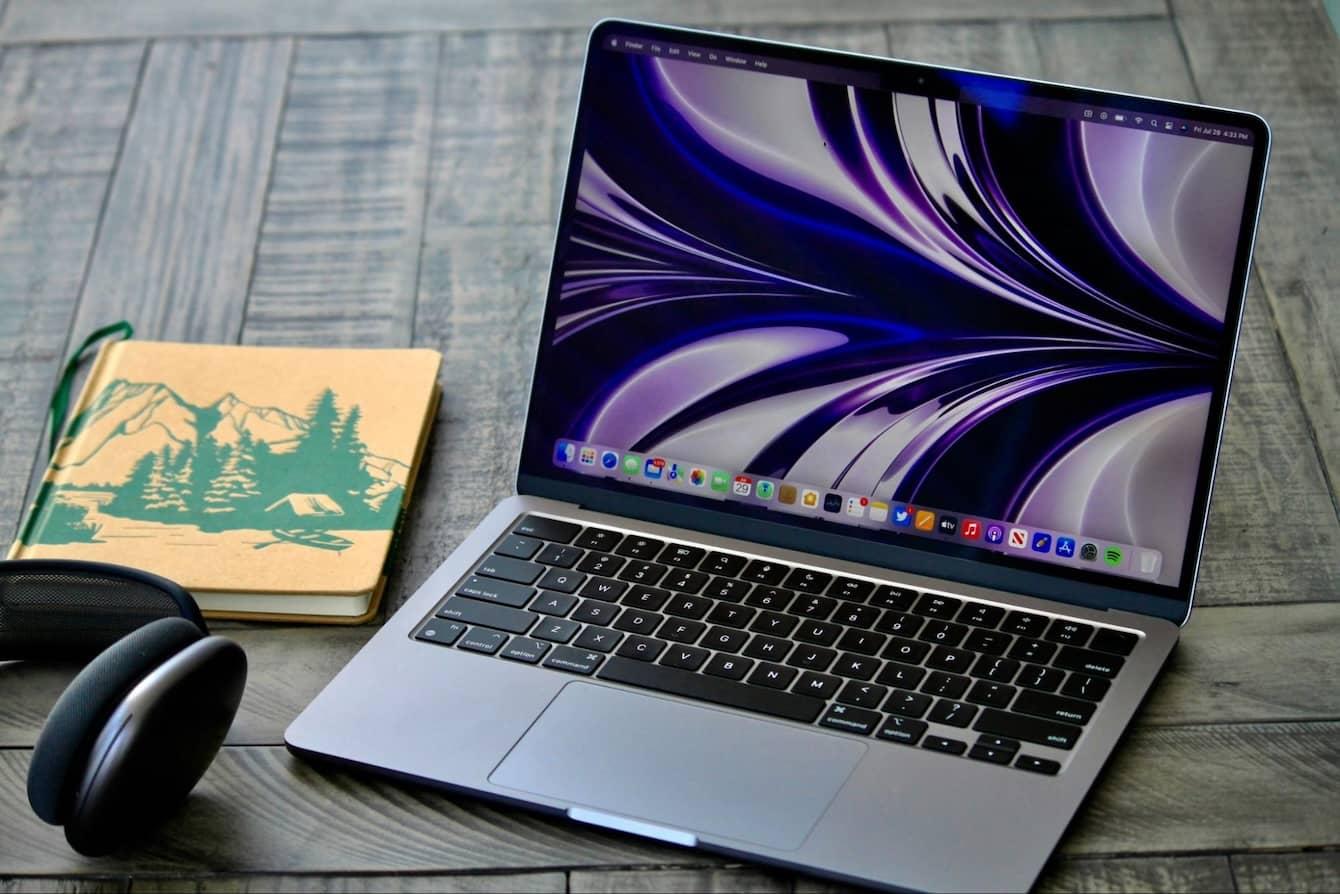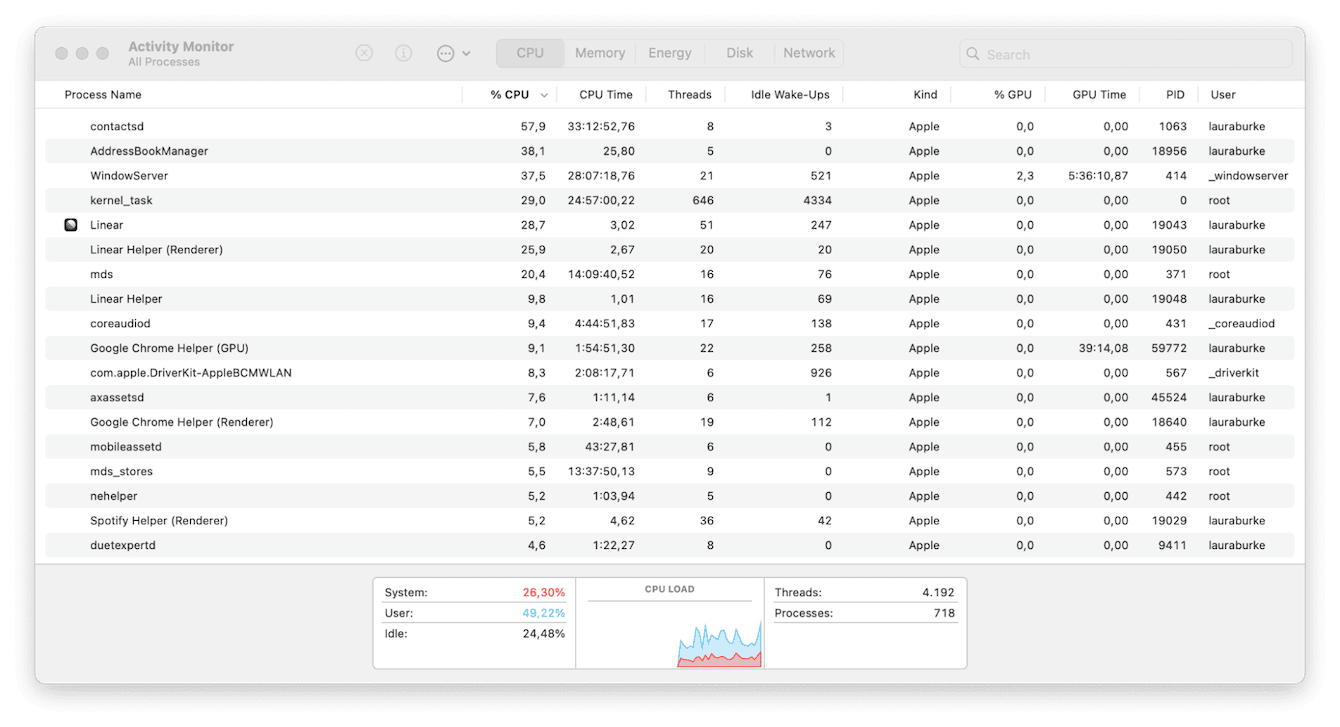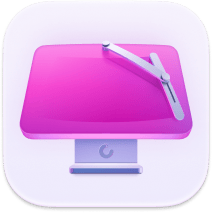MacBook Air M2 vs M3: What you really need to know
Over the past few months, I’ve been switching between the 13-inch MacBook Air with M2 and the 13-inch MacBook Air with M3, both running macOS Sequoia. I didn’t just benchmark them — I lived with them. I worked, traveled, edited, and even compared how they charge, side by side, to get a real sense of the differences.
This comparison isn't about theory or flashy keynote slides; it's about what you get when you buy one of these machines and make it your everyday Mac.
What's new with the MacBook Air with M3?
The MacBook Air with M2 launched in July 2022, and for over a year, it reigned as the go-to Mac for students, creators, and everyday users. Then, in March 2024, Apple dropped the MacBook Air M3, sliding it into the exact same design but with a next-gen chip under the hood.

At first glance? The MacBook Air M2 vs M3 doesn't initially scream major leap. (Well, not on paper anyway.) Same body. Same screen. But the chip? That's a different story.
So why are we comparing them now?
Simple. The MacBooks with M2 are now cheaper, often discounted to under $999. Meanwhile, the M3 brings just enough enhancements, like support for two external displays, faster SSDs, and improved battery management, that the choice is no longer obvious. Both models now sit in stores side by side. Same shell, different brain.
MacBook Air M2 vs M3: Key specs comparison
I've put together this comparison table based on Apple's official specs data and what I confirmed through usage.
|
Feature |
MacBook Air with M2 |
MacBook Air with M3 |
|
Chip Process |
5nm |
3nm |
|
CPU |
8-core (4 performance, 4 efficiency) |
Same core layout, ~15-20% faster |
|
GPU |
8-core or 10-core |
8-core or 10-core, now with ray tracing |
|
RAM |
8GB base (configurable to 24GB) |
8GB or 16GB base (configurable to 24GB) |
|
SSD |
256GB–2TB |
256GB–2TB, faster base SSD |
|
External Display Support |
1 external display |
2 displays in a clamshell |
|
Wi-Fi |
Wi-Fi 6 |
Wi-Fi 6E |
|
Battery |
52.6 Wh (13”) / 66.5 Wh (15”) |
Same |
After looking at the raw specs, it's worth highlighting how to keep your Mac running close to those numbers over time. I've used CleanMyMac's Performance module during testing, especially to monitor how both models' background activity and memory pressure affected performance. Here's how:

-
Open the app, press Performance > Scan.
-
Press View All Tasks and look through the categories.
-
Select tasks and press Run to carry them out.
I ran this module regularly during heavier testing (Final Cut, multi-tab sessions, etc.), and it consistently helped keep both devices responsive, especially the Mac with M2, which hit swap memory faster.
Performance comparison
To keep it simple, I ran both machines through the same real-world tasks and closely watched Activity Monitor.

-
Everyday Use: With Safari (15 tabs), Notes, Figma, and Spotify running, the M2 handled things well until memory started to fill up. App switching became slower and less responsive. On the M3, everything stayed fluid, even with Slack running in the background. No slowdowns, no delays.
-
Video Editing (Final Cut Pro): The M2 could handle 4K editing but struggled with layered effects and more complex timelines. The M3 performed better under pressure and exported projects about 25% faster.
-
Zoom and Screen Sharing: After 30 to 40 minutes of video calls on the M2, system lag started to appear. The M3 handled long calls and multitasking smoothly. The improvement was noticeable, especially during extended sessions.
The bottom line is that the MacBook with M2 is still solid, but M3 is smoother under pressure, and better at balancing heavy workloads.
Battery life and efficiency
Both machines are impressively efficient, which won’t surprise anyone familiar with Apple silicon. In everyday use, I consistently got around 12 to 13 hours on the M2 and a bit more on the M3. The difference wasn’t dramatic, but it was noticeable.
The M3 drained more slowly when idle and handled background tasks with less power draw. It stretched a little further on longer workdays, without hitting low-battery anxiety.
Tip: Monitor battery and system health
To keep tabs on long sessions, I used CleanMyMac's Menu, which sits in the top bar and gives real-time data on:
-
Battery health and charge cycles
-
CPU usage (helpful when something starts spiking unexpectedly)
-
Memory pressure (especially useful on lower-RAM models
-
Temperature and storage load

It's simple to see what's going on under the hood. Select the app icon from your top menu bar and go to the Battery section.
Design and display
Visually? You'd never know the difference. The MacBook Air M2 vs M3 are identical, with the same slim aluminum chassis, the same 13.6" or 15.3" Liquid Retina display, the same 500 nits brightness, and the same color options.
I used both sides side by side indoors and outdoors. There was no difference in sharpness, color accuracy, or brightness. The only thing that might surprise you is that the midnight finish still picks up fingerprints just as easily on the M3 as on the M2. There are no material changes there.
Price and value for money
Price is the biggest reason people are comparing these two models.
-
MacBook Air with M2 (13-inch) starts at $999, and often drops lower during sales or promotions. It’s an excellent value for what it offers, especially for students or everyday users.
-
MacBook Air with M3 (13-inch) starts at $1,099 and includes a few key upgrades: support for dual external displays, Wi-Fi 6E, and faster SSD performance. If you opt for 16GB of RAM, the price jumps to around $1,299 or more.
If you’re on a tighter budget and your workflow is light to moderate, the M2 still delivers a lot of performance for the price. But if you use more demanding apps or want a machine that will hold up over the next four or more years, the M3 makes more sense long-term.
MacBook Air M2 vs M3: Which one should you buy?
There's no right or wrong here. It's down to personal need. Hopefully, this helps you break that choice down.
Choose MacBook Air with M2
-
If you want the best Mac under $1,000
-
Your work is mostly web, writing, video calls, or light editing
-
You don't need dual external displays
-
You'd rather save money now
Buy MacBook Air with M3
-
You use creative or development tools regularly
-
You need more headroom for multitasking or heavy apps
-
You rely on dual monitors or work remotely
-
You want a machine that'll stay faster for longer
I hope this comparison has been useful.

